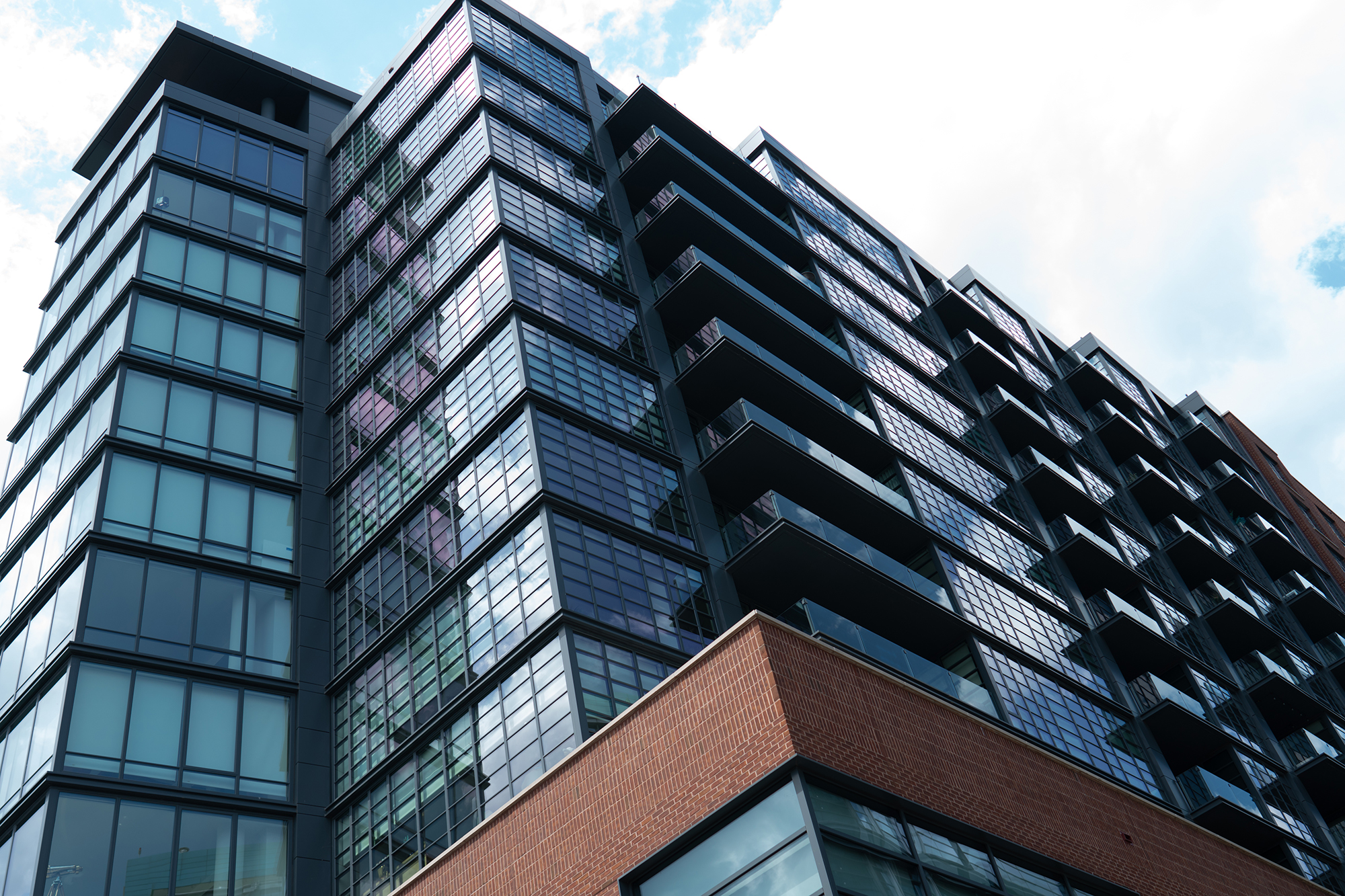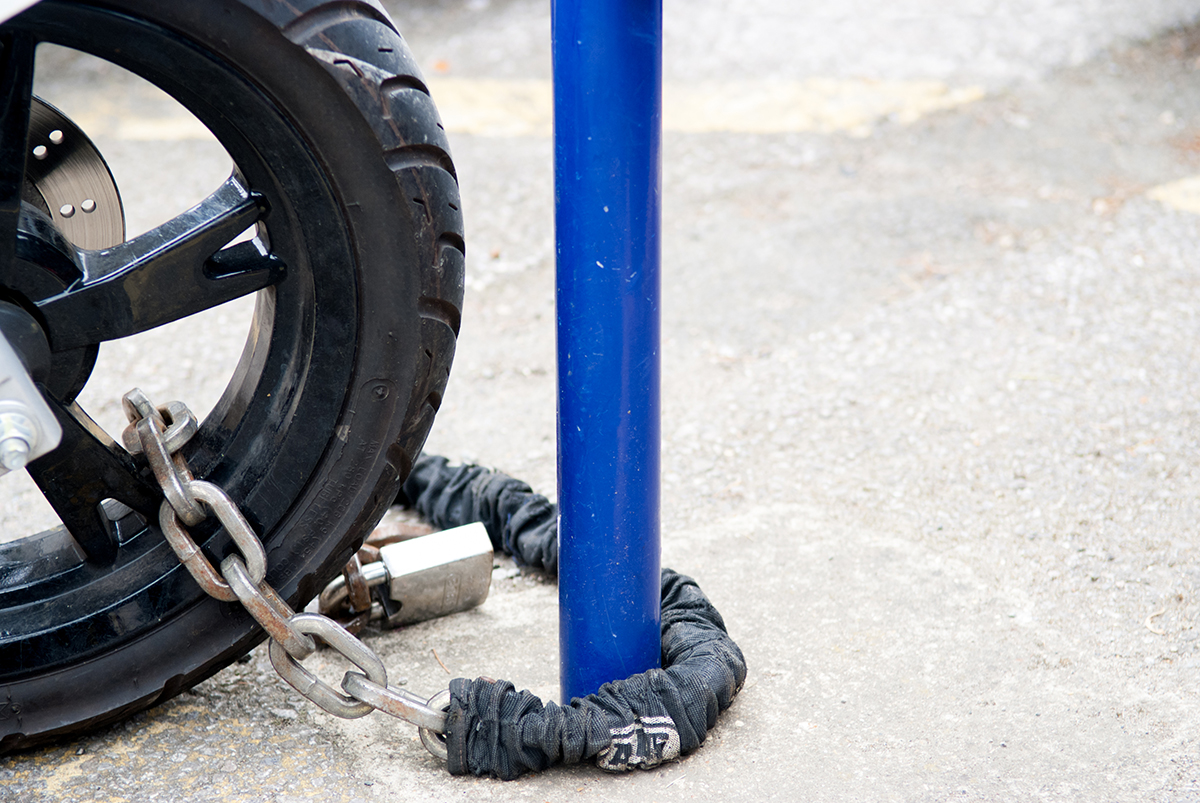Enjoy the peace of mind of preparation with this essential guide to earthquake safety
Last week, we covered some essential earthquake safety tips for homeowners.
In this article, we’ll be shifting our focus to apartment residents, with a few special considerations for high-rise tenants.
Apartment complexes vary widely in terms of the materials they’re built with, how many levels they have, whether they have elevators, and more.
Knowing what you’re working with regarding your living space is crucial to reacting quickly and appropriately when an earthquake strikes.
Tackle the Risk of Topples in Advance
We touched on this earthquake safety tip in our previous blog, but since the risk of falling furniture and objects is even greater in tall buildings—especially high-rises—it’s important to re-emphasize.
Securing heavy items (bookshelves, TVs, cabinets, dressers, refrigerators, etc.) to your walls with anti-tipping straps is one of the best ways to reduce the risk of damage and injuries. Without these safety measures, an earthquake can quickly turn your living space into a bad game of giant Jenga.
Not only can unsecured items fall and cause injuries, but they can also end up blocking walkways, making it more difficult or even impossible to evacuate.
Pack an Emergency Go-Bag
For homeowners, an emergency survival kit is essential to stay fed, hydrated, and safe when sheltering in place.
But more often than not, apartment and high-rise residents may need to move to a safer area in their building or evacuate completely after an earthquake. In these cases, it’s crucial to have an emergency go-bag you can grab on your way out.
Fill a good-sized yet portable backpack or suitcase with essentials like water, snacks, flashlights, batteries, a safety whistle, and portable phone chargers.
Once it’s packed and ready to go, place it as close as possible to your main exit to ensure it’s easily accessible if you need to evacuate.
Identify Safety Areas Throughout Your Building
In addition to safe spots inside your apartment, like underneath a desk or sturdy table, take some time to identify areas in your building where you can take shelter.
An earthquake isn’t going to wait for you to be in a convenient place to strike, so it’s important to know what your options are wherever you may be. Next time you walk through the lobby, shared office space, hallways, or the gym, make a point to look for exit routes and safe places to hide.
If you’ve already planned for the unexpected, you won’t have to think twice about what to do when it happens.
Know Your Routes
When an earthquake damages your building, disrupting utilities or, in severe cases, compromising its structural integrity, you’ll likely need to evacuate.
Familiarize yourself with your building’s evacuation routes and emergency exits, including stairwells and fire escapes, to ensure you take the safest, fastest path. Also, avoid taking the elevator, as it can malfunction or get stuck on the way down.
If Caught in an Elevator…
If an earthquake strikes while you’re riding an elevator, it may stop moving, which could prevent you from getting out.
Here’s what to do if this happens to you:
- First, try pressing the Door Open button. If the doors open and you’re stopped at a floor, you can hop out safely. If you’re between floors, NEVER try to climb out. The carriage could start moving again at any moment, leading to severe injury or even death.
- If the doors don’t open, don’t try to force them open. Elevators are equipped with several emergency features to ensure that as long as you stay inside the carriage, you’ll be safe.
- If you’re unable to exit, press the emergency button. Depending on your elevator and the building you live in, the button will either alert your front desk, an elevator company, or emergency services. Some elevator companies may be able to open the doors remotely. In other cases, they may dispatch first responders to your building to help free you.
- If the emergency button doesn’t work, try using your cellphone to contact the authorities and get help.
It’s much easier said than done, but do your best to stay calm if you’re ever caught in this scenario. Take deep breaths, and try to explain your situation to emergency personnel clearly and succinctly. If help is already on its way, consider calling a close friend or loved one for support.
Dispatch Help in Seconds With Rescu
If you’re trapped in your apartment or an elevator, there’s no faster way to get help than the Rescu app.
With just two taps on your smartphone or Apple Watch, you can dispatch first responders to your current location in a fraction of the time it would take to call 911.
That’s because there’s no need to talk on the phone.
Rather than requiring you to speak to an operator before dispatching help, Rescu flips the script and puts your safety first, prioritizing sending help and asking questions afterward.
When you send an alert, the app dispatches responders within seconds and instantly gives you the option to text or call a dispatcher at Rescu HQ, which operates independently of the public emergency system.
This private, subscriber-dedicated service guarantees you’ll never be affected by the delays that so often affect 911 response times.
Download the Rescu app today to upgrade your earthquake safety plan and get help 20x faster than 911.





